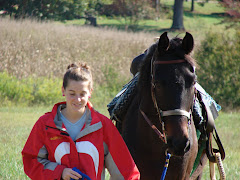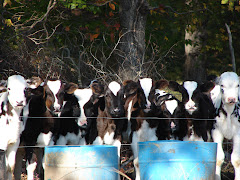
Title: Windsong
Author: Lynn Hall
Publisher: Charles Scrubner's Sons, 1992
Genre: novel/ realistic fictions
Grade: 4-6
Summary: Marty a little girl is a helper at Orland’s greyhound breeding facility. In one of the litters a white, underweight, whiny pup is born and Orland decides to trash it until Marty says she will take it and train it. So she raises it. For the first couple weeks of life Marty is the only one that can get little windsong to eat or stop whining. After winsdsong is full grown they test her on the tack, she fails because she is too shy to even finish a round. So Orland once again says he has to “take care” of windsong since she is not fit to be a racer. Marty begs for the dog to come home with her knowing her brother has horrible allergies. Once home with windsong the family decides with marty’s brother being so allergic that the dog can not stay. So she takes windsong to her old piano teachers house, they call her Ushie. After a while Ushie doesn’t even want Marty to come visit the dog anymore because she says it her not martys. Marty leaves windsong with Ushie in hopes of running a kennel like Orland.
Response: I got so excited when I found this book because it is a dog book. The insides cover states how this little girl saved this pup and helped raise it. Honestly this was an awful book. I hate sad endings! And some of the parts to this book I thought were too mature for students. There was a love affair going on between two married couples. It described what happened to the unfit pups in the breeders litter, the breeder killed them. He would also kill them if he gave them a chance to grow up and weren’t fast enough on the track! And at the end the little girl doesn’t end up with the dog! It started off very sweet with the little girl saving this underweight greyhound because the breeder was going to kill it. And she takes it home and it all goes down hill after that. What made the book even worse to me is that the little girl wanted to be just like Orland, the dog breeder! All in all I just didn’t really like this book.
Teaching ideas: I wouldn’t teach this book, but I am putting it in my selection because I read it! But things that were incorporated were dominant and recessive genes from a breeding stand point, in science. Also selfishness was a big issue in this book.














